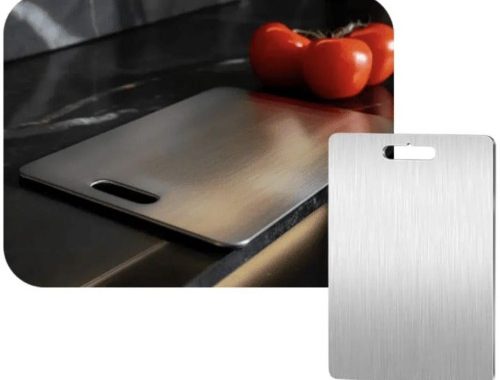
How to Identify Unfamiliar Foods in Ethnic Supermarkets
If you are shopping at an ethnic supermarket,you might be surprised to encounter some unfamiliar vegetables, spices, or other foods.
What do you do when you see these unfamiliar items? Do you just buy them even if you don’t know what they are? Do you feel intrigued only to walk away in the end, probably a bit mournful because of your ignorance? Do you just throw everything in your basket, thinking that it is exactly what you live for?
For most people, finding and learning about the different unfamiliar ingredients is one of the biggest joys in life. You probably cannot resist the temptation of popping into these different ethnic supermarkets, in the hopes of discovers new flavors and foods.
However, the whole experience can quite be intimidating if you don’t even read or speak the language in the first place.Some of these unfamiliar foods might not have a label, while others might be organized around inside the supermarket in a way that might be a bit unclear and confusing.
Below are some of the helpful strategies on how to deal with these unfamiliar items.
When in Doubt, Ask
If the store employees don’t seem that open to questions, you can always ask another shopper for some assistance. It might seem intimidating at first but if you do it often, it will get easier and less daunting.
Even if the other shoppersmight not be able to tell you what the product’s name is in English, they can give you some helpful advice and even cooking tips if you are lucky.
Watch Out for Context Clues
It might be less helpful if you are dealing with produce. However, when it comes to canned goods or condiments, can you identify the rest of the items around it? Is it grouped with salty, spicy, or sweet foods? Keeping a close eye on these context clues can offer tips for cooking and further research.
Do Some Research
Sometimes, you just buy the food you find and only do your research afterward. Or, there are also instances when you hold off but take note of the name or snap a photo on your phone so you can check your reference sources. Of course, Google is always your best friend for research but you can also refer to books and even ethnic cookbooks.
Post a Photo on Social Media
There are plenty of Facebook groups for ethnic cuisines, vegetables and fruits, spices, and others. Post a photo to ask other people to help you identify it.
Buy It and Let Someone Else Try It for You
It can be a great strategy if you happen to be avegetarian, or you have certain dislikes or food sensitivities. Just make sure you partner with someone who got trustworthy and well-developed taste to help you out.
Experiment and Welcome the Mystery
You probably have now idea what the name of the herb is, or what the real purpose of the sauce might be, but that’s perfectly okay.Don’t hesitate to try it and think of it as an adventurous experience!
With the help ofBakkal – Online Ethnic Supermarketcan become a wonderful and convenient shopping experience.





